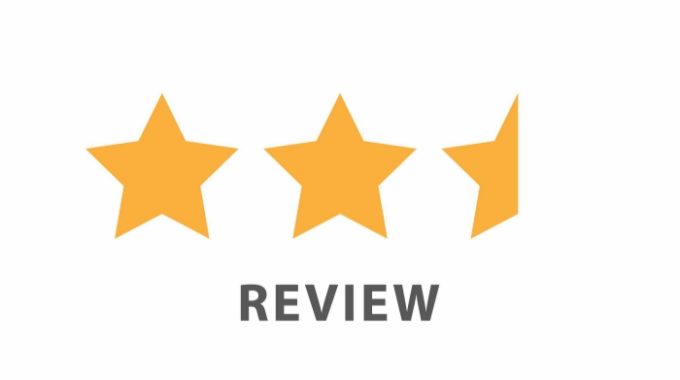10 Steps to Using CRM Smartly
If you’re still logging customer contact information in a spreadsheet, let me introduce you to a tool that’s going to change the way you do business:
Customer Relationship Management software.

Also called CRM, this software is designed to help you easily maintain a database of all your clients and contacts, as well as keep notes on conversations you have, link to emails, and track where you are in closing a lead.
Small business owners are, by definition, usually juggling a lot, so it can be easy to let things slip through the cracks. But by using CRM, you can set up tasks and reminders to follow up on a lead so that you are more organized and close more sales.
Where to Start
There are several CRM platforms geared toward small business needs. A few include:
Some of these offer free versions of their software, so if you don’t have a large number of contacts, this may be sufficient. Otherwise, if you use the free version and see that the CRM is helping you, you can upgrade to the paid version, which is still quite affordable for small businesses.
Find CRM that addresses your needs. Here are some questions to ask yourself when shopping for CRM solutions:
- Does my business have multiple people who need access to the same client data?
- Do I want the ability to assign leads?
- Is it important to tie emails to client profiles?
- What about social? Would I benefit from viewing what clients are saying on social media?
- Do we need to set sales targets or forecast sales in this platform?
- Is it necessary that our email marketing platform integrate with the CRM?
Get the Buy-In From Your Staff
If you’ve got multiple employees who you want to start using CRM, it will take some adjustment to add in CRM to your regular workflow. Start with training. See what resources are available for this, whether it’s a company rep coming in and training your staff all at once or online videos they can watch to get an understanding of how to use it.
Next, talk with your team about the benefits of using CRM. No one likes change, unless it benefits them in some way. Talk about reducing dead lead time and having the ability to see the 360 view of a lead, what he’s doing on social media, and seeing the conversations your company has had with him.
You’ve got to require use of CRM if it’s going to do the company any good. Don’t make it an option. Give it time, and before long, your team will be thrilled at how it’s helping them succeed.
Editor’s note: This was originally written by Susan Payton for BizLaunch.
Photo: thinkpanama on Flickr


